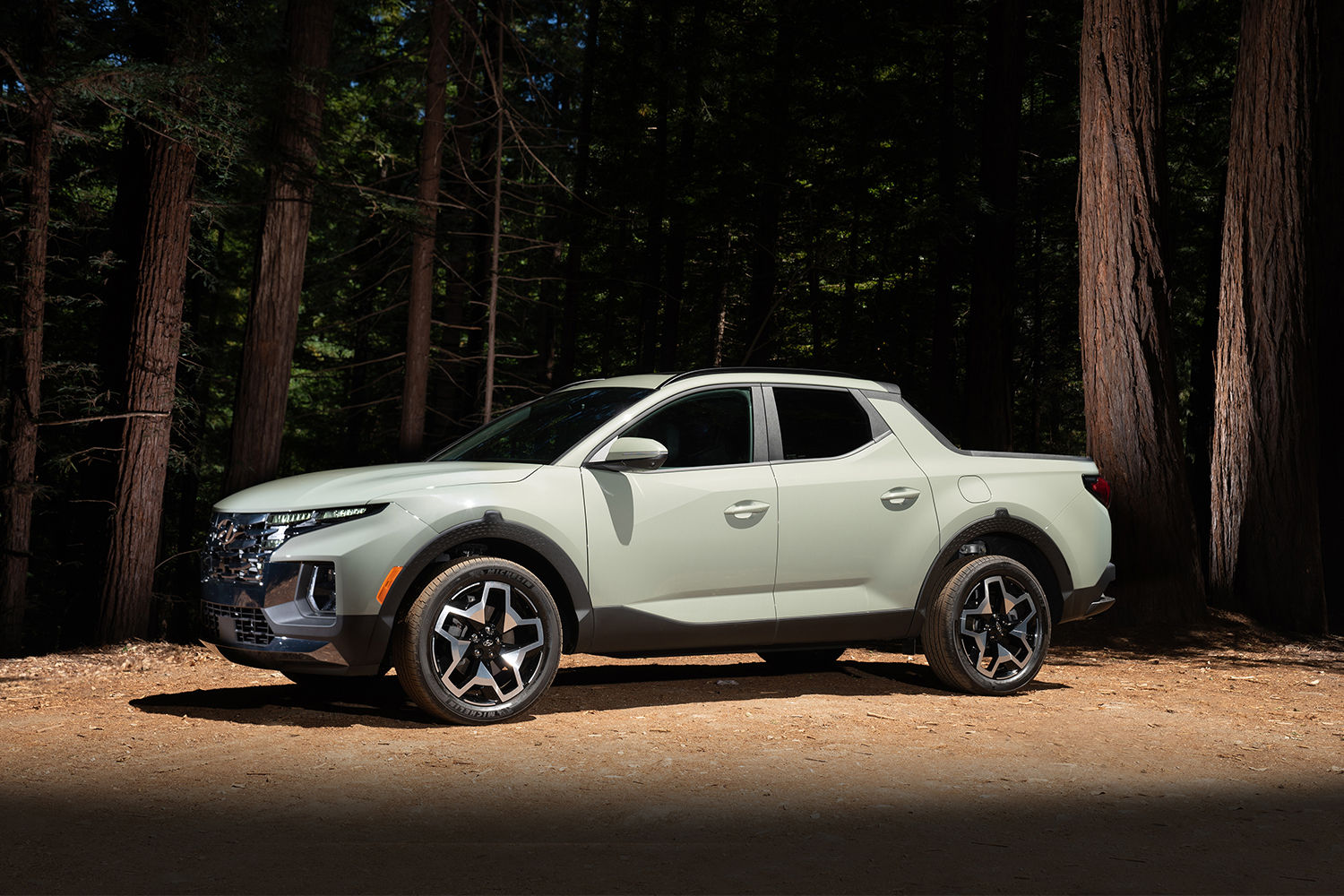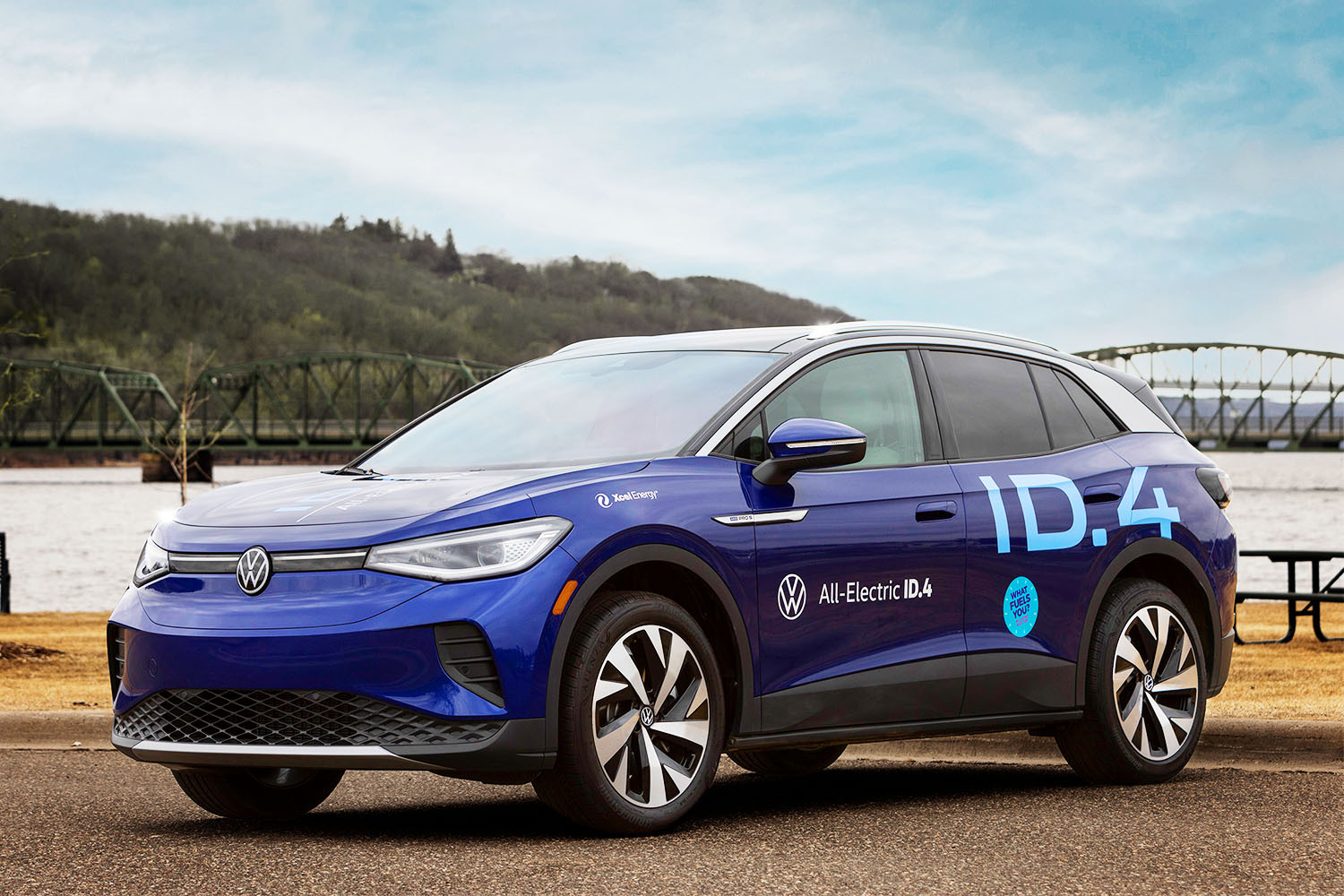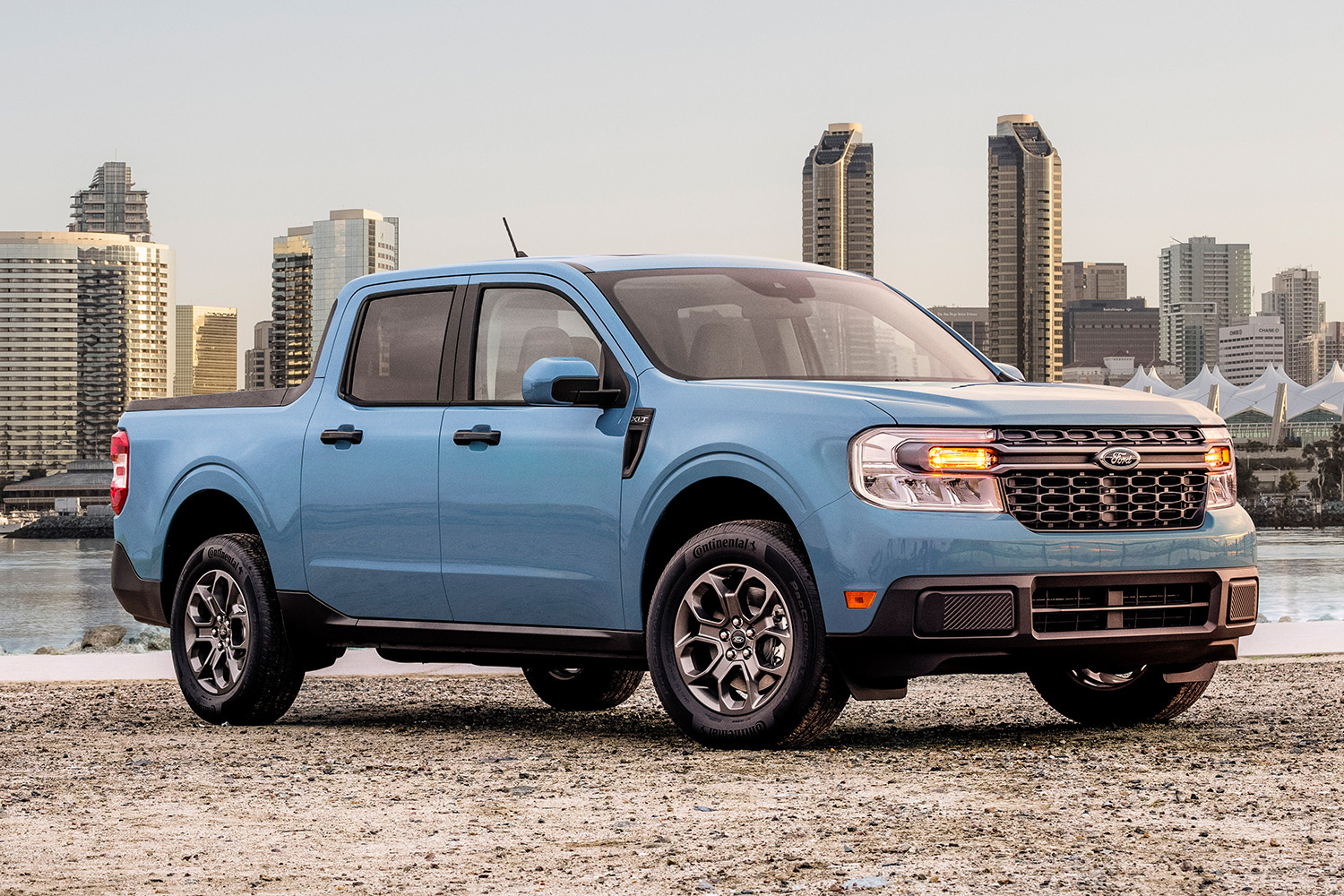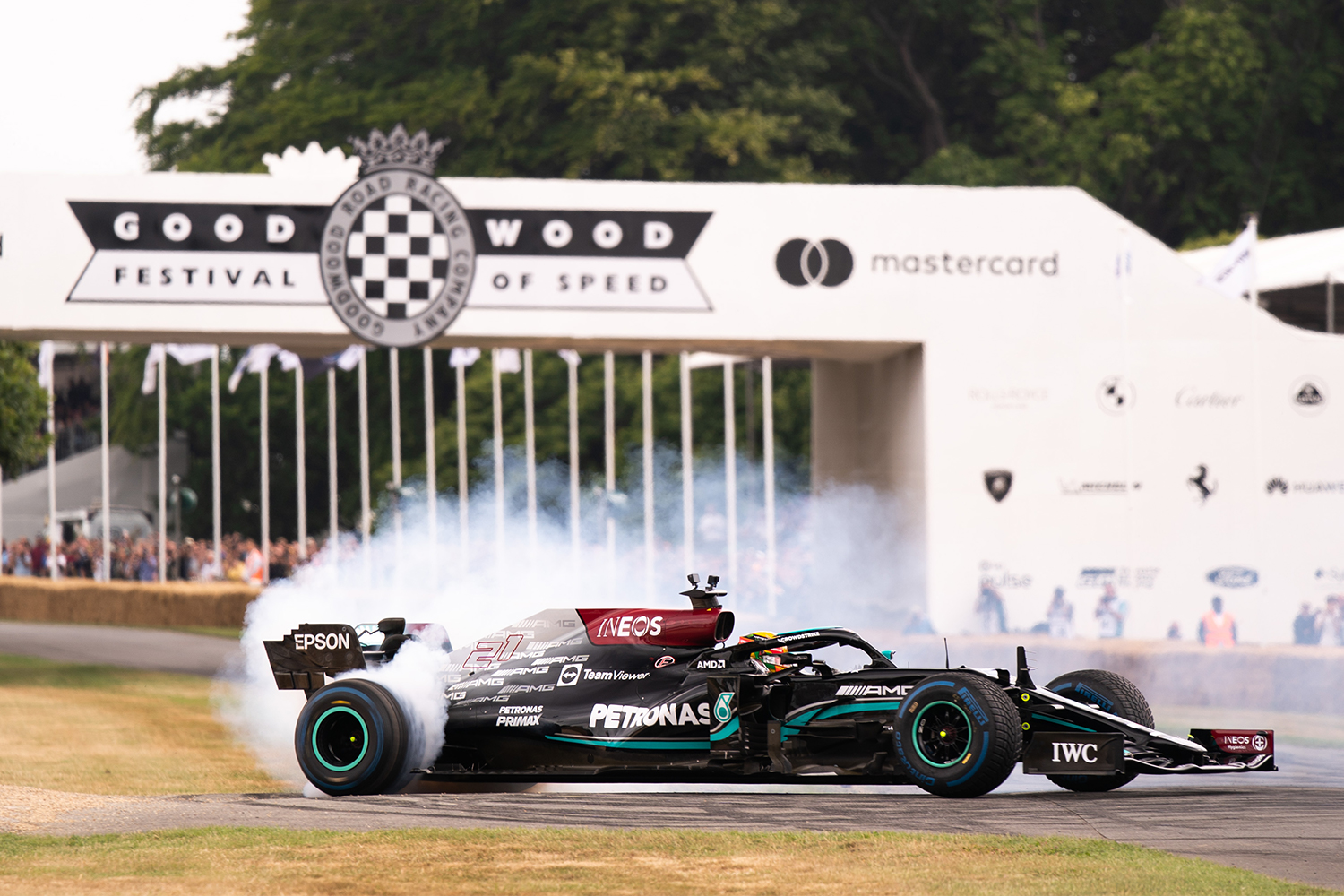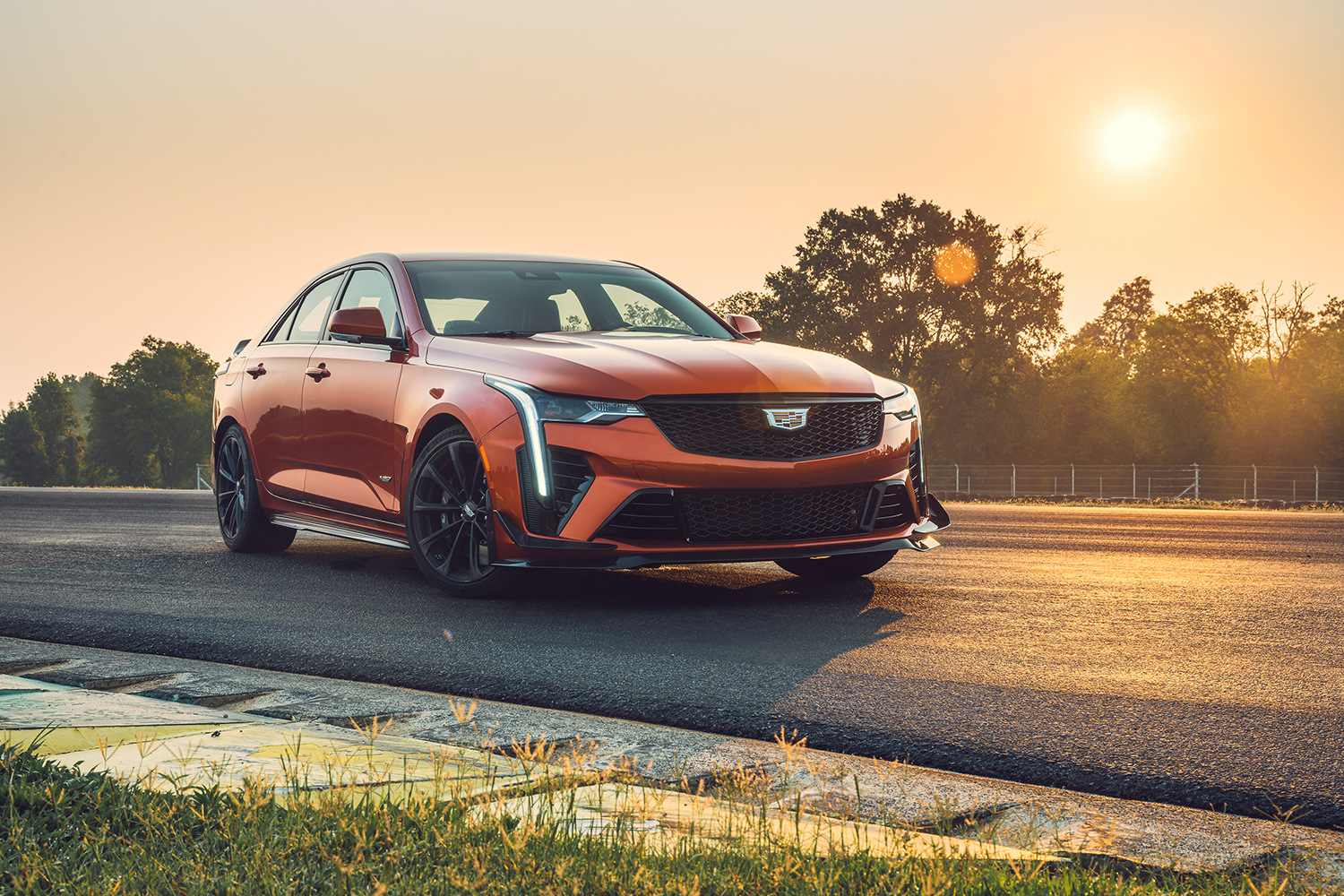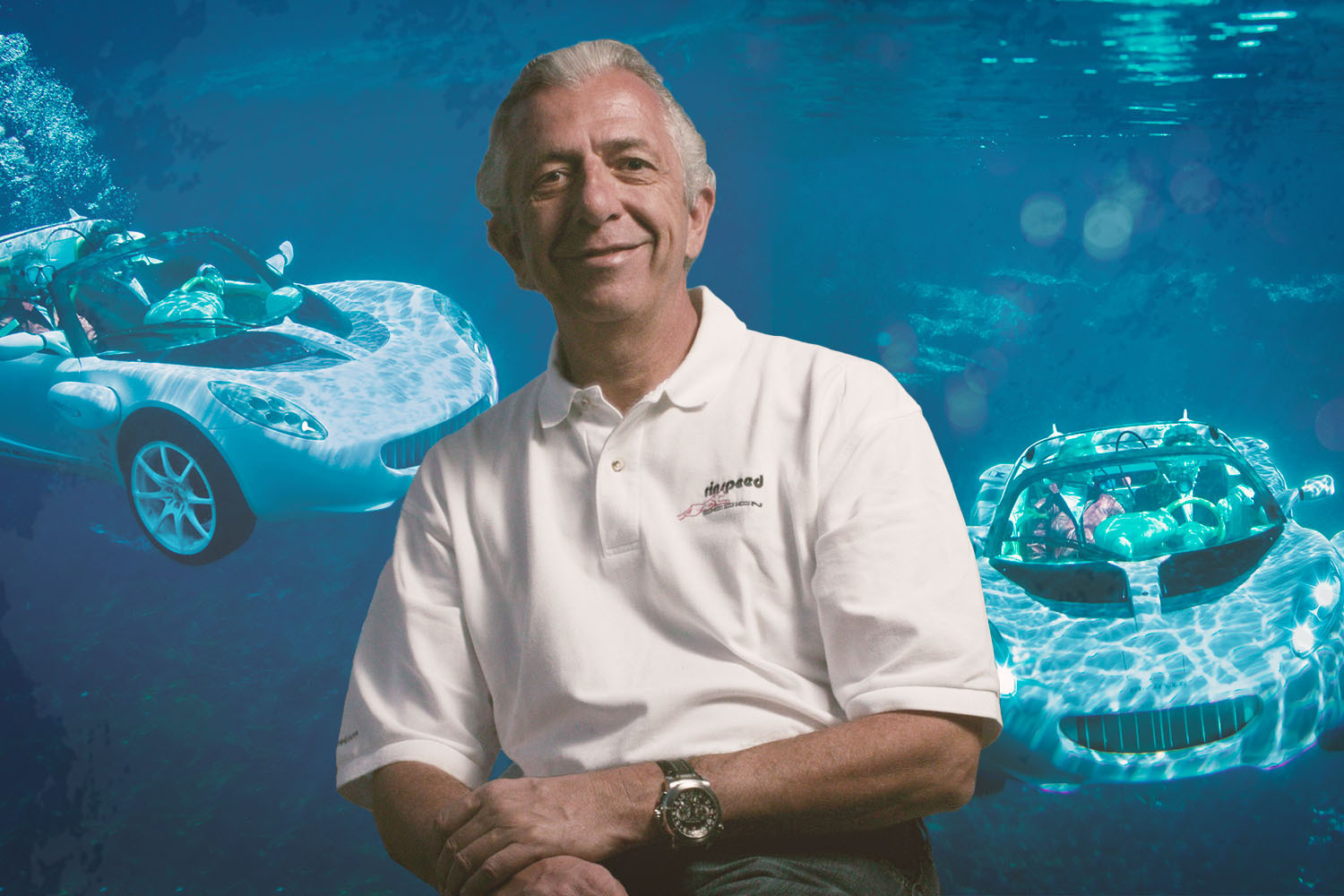It’s been nearly 15 years since the last time the Toyota Tundra — the largest truck built by one of the world’s biggest automakers — received anything resembling a redesign. In that time, entire epochs have come and gone among the leading Detroit-based brands that have traditionally dominated the pickup conversation.
On American roads, we’ve seen a raft of new drivetrains (including hybrid, full EV, light-duty diesel and turbocharged), new technologies (semi-autonomous driving systems, onboard scales) and niche models (hardcore off-roaders like the Raptor). All the while the Tundra treaded water, content to sell a mere tenth of what the class leaders posted year-in, year-out.
For 2022, Toyota shakes up its in-house status quo with a fresh Tundra that embraces many of the developments that have guided full-size pickup development over the past decade and a half. The most puzzling part? It’s refused to push past its rivals with any wow factor of its own. Despite its all-new platform, this is a truck that is keen to ride the current wave rather than hang-ten over the horizon in what is the most competitive segment in the entire industry.

A Glimmer of Innovation
Let’s get this out of the way: Toyota has the resources to build a stunning pickup loaded with the features, power and capability that modern truck fans are looking for. It simply chooses not to.
The company came very close to delivering at that level in the early years of the previous-generation Tundra, which introduced a dual-overhead cam V8 in a world where pushrods ruled supreme. Unfortunately, it failed to follow up on any of that model’s potential, allowing it to be left behind as the rest of its competitors caught up and surpassed its brief window of innovation.
While frustrating, the decision to let vehicles wither on the vine as long as they post replacement-level sales numbers is standard operating procedure at Toyota, which has adopted a similar strategy for the long-obsoleted, but still popular, 4Runner SUV. The amortization of these designs over the course of decades has worked well for the brand’s balance sheet, but not so much for customers driving home in a late-model truck built on yesterday’s technology.

Putting the Tundra to Work
That being said, seemingly unable to stomach the Tundra’s black-hole fuel economy any longer, and embarrassed by the interior amenities found in every other full-size pickup on the market, Toyota has adopted a clean-sheet approach for the 2022 Tundra.
Overall, it’s a worthwhile effort. Gone is the good but ancient V8 engine, and in its place is a new 3.5-liter twin-turbo V6, making the Tundra the only current pickup without an eight-cylinder edition. A quick peek at the power numbers shows little reason to lament the missing two cylinders, as the 1794 Edition trim I drove featured 389 horsepower and 479 lb-ft of torque, matched with a new 10-speed automatic transmission in place of the previous six-shifter.
That’s more than enough motivation to show the departed V8 its taillights, all while stretching out the distance between fuel stops, as its 18 mpg city and 23 mpg highway rating is a more than 30% improvement. I managed 20 mpg in a healthy mix of combined driving, but perhaps most surprising were stretches of long, flat highway hauling where the Tundra outperformed its window sticker to the tune of 26 mpg. That’s great for a 4×4-equipped full-size truck.
All of the above fuel-sipping goodness comes with genuinely quick acceleration and the kind of low-end tugging torque truck owners require. During my week with the Tundra, I used it to transport a load consisting of tires, a transmission and a transfer case, and also yanked a recalcitrant early-‘70s Volkswagen out of a storage garage for a buddy. The Toyota never broke a sweat, and I couldn’t have told you at what point the tow strap took up its slack and the truck actually began pulling the two-door wagon it was hitched to.
Toyota offers the same turbo-six with slightly less power in base model trucks, as well as a hybrid version. The latter is intended to skirt the borders of both performance and efficiency, providing 437 horsepower and an astounding 583 lb-ft of twist thanks to the addition of a single electric motor.

The Good, the Bad and the Option to Avoid
The new Toyota Tundra also smoothes out the somewhat bouncy ride its older sibling was known for, adopting a coil spring suspension at the rear in place of the traditional leaf springs found in most of its competitors (save the Ram 1500). It’s a welcome transition that sees much better control over rough surfaces, especially with the cargo bed empty. I only wish that the cargo area was longer, as my 1794 Edition featured an abbreviated five-foot, six-inch bed that wasn’t particularly wide between the wheel wells (an additional foot is available for four-door CrewMax trucks like the one I drove, and just over eight feet can be found with Double Cab body styles).
Interior space, on the other hand, is excellent. I was able to cart home hundreds of copies of my most recent graphic novel from the printer by folding up the rear seats and fitting the boxes into the storage compartments that sat underneath with room left to spare for a weekend’s worth of outdoor gear. I also found the front of the cabin quite roomy, with reams of easy-to-access storage and a relatively straightforward control set for most vehicle features.
Still, even in my lofty, $62,000 1794 Edition trim (which incorporates unique leather and special wood accents throughout the passenger compartment), the Tundra didn’t have much going for it in terms of luxury. Presentation is clean, but not especially detailed, and certainly not at the level of an upper-crust Ram (which currently leads the premium truck pack in terms of sumptuous settings). There’s a pricier Capstone model (starting at $74,230) that might address these concerns, but it’s disheartening to see the 1794 unable to deliver on the promise of its unique styling.
There were also a few missteps when it came to ergonomics from behind the wheel. The large infotainment screen is crisp and bright, but doesn’t offer a power button, which would have been nice to help reset things when it froze up and went all-white, forcing me to pull over to the side of the road and actually turn the truck on and off to regain functionality. Then there are the vehicle’s enormous, extended tow mirrors, a side-mirror option to be avoided at all costs unless you want to constantly lean out the window so you can look around them for pedestrians and traffic. It’s rare that I encounter a vehicle feature that could be classified as “dangerous,” but these mirrors certainly qualify.

The Best Is Yet to Come
There’s no question that the new 2022 Toyota Tundra is an improvement over the ghosts of Tundras past. It’s also a fairly attractive truck, if a little overbearing in terms of its extroverted proportions, a problem endemic to the entire full-size truck segment.
Where the Tundra stumbles is in its inability to move the needle in terms of technology, power or design. It possesses none of the clever features found with its rivals (Ford’s BlueCruise, GM’s Super Cruise), and doesn’t deliver an all-electric model (Ford Lightning) or a diesel (all three of its rivals). The hybrid model doesn’t even come with the kind of worksite-powering generator options found on the F-150 Hybrid’s spec sheet. Even its towing capacity, rated at 12,000 pounds, falls behind class leaders that debuted years beforehand.
The Tundra is a worthy reimagining of a truck whose past due date was clearly stamped. And yet, it’s frustrating to realize that Toyota remains unwilling to truly pour its best effort into this pickup and give it the kind of exemplary capabilities, saber-rattling equipment and truly deep choice of drivetrains pickup buyers have come to expect. Perhaps that’s all waiting in the future — or maybe we’ll have to wait another 15 years for Toyota to take the Tundra as seriously as it should.
This article was featured in the InsideHook newsletter. Sign up now.

